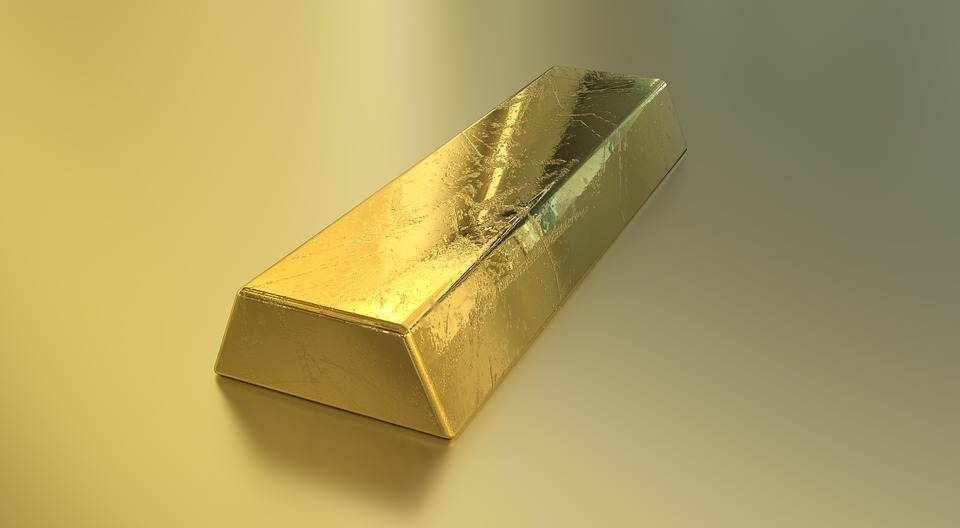
The global
price of gold has rebounded this year after dipping to as low as $1,178
(CAD$1,546) an ounce in the second half of 2018. CNBC reports that this uptrend is primarily driven by the uncertainty
caused by the US-China trade war and geopolitical issues such as tensions in
the Middle East. Gold, being a safe haven asset, has historically performed
well in periods of turmoil, and is doing the same again this year. This rebound
was part of a 9-week peak beginning late-May and ending early-June, when the
global price for gold reached $1,334.10 (C$1,751.57). While there was a small
dip after, the price surged again in late-June, with the gold chart on FXCM showing that it reached $1,438 (CAD$1,888) an ounce. The big
question now is whether or not this uptick will continue throughout the rest of
the year and what this means for global markets. So far, there are two reasons
to believe that the price of gold will continue to remain strong.
Despite
presidents Donald Trump and Xi Jinping agreeing to restart trade talks, the
tariffs that the US put in place have yet to be lifted. The agreement at the
G20 Summit did ease tensions between the two countries resulting in the price
of gold dipping once again. Yet, until Trump reverses the tariffs the economic
slowdown will continue, which will in turn will keep gold prices at their
current level.
Another factor
is the increasing tension in the Middle East, between Iran and the US. Eun-Young Lee, an analyst at DBS Band, stated that “this (US-Iran tension)
has likely stirred up investors’ appetite for the safe haven asset, adding to
the uptrend in gold price that started in early May.” This led to the US
Federal Reserve maintaining low interest rates which “has added to the
bullishness on gold”.
Gold Eagle News presented a series of charts that show how gold prices might
trend upward even more. It was pointed out that Donald Trump’s inflammatory
decisions, his insistence on China stopping “intellectual theft,” and “other
malpractices according to international rules and laws,” caused drops in the
Dow Index. With the stock market struggling to react to geopolitical tensions
the price of gold will likely increase. The site predicted that this market
trend could continue until 2021.
Also, there is
currently more demand for gold. The World Gold Council notes that the yellow metal “is now bought by a far more diverse
set of consumers and investors than at any previous time in history.” This
demand is spurred by gold’s diverse uses when it comes to jewelry, the
technology sector, and as a safe haven asset for investors. Demand is also shifting,
primarily in Asia, where emerging economies now have more wealth to invest in
the metal. Additionally, a Metals Focus report forecasts gold consumption at 4,370 tonnes this year,
which is a four-year high. This increasing demand, coupled with the limited
supply, will drive the price of gold up. The report states that the global gold
price will average $1,310 (CAD$1,720) an ounce this year — up from $1,268
(CAD$1,667) in 2018, which would be the highest in six years.
The 9-week gold
price peak is a clear market indication of how investors are turning away from
risker stock options. The continuing trade war and tension in the Middle East
will continue to impact oil and construction stocks, which in the long term
could drive more investors to a safe haven asset such as gold. This 9-week peak
could be the beginning of a much longer positive market trend for gold.





